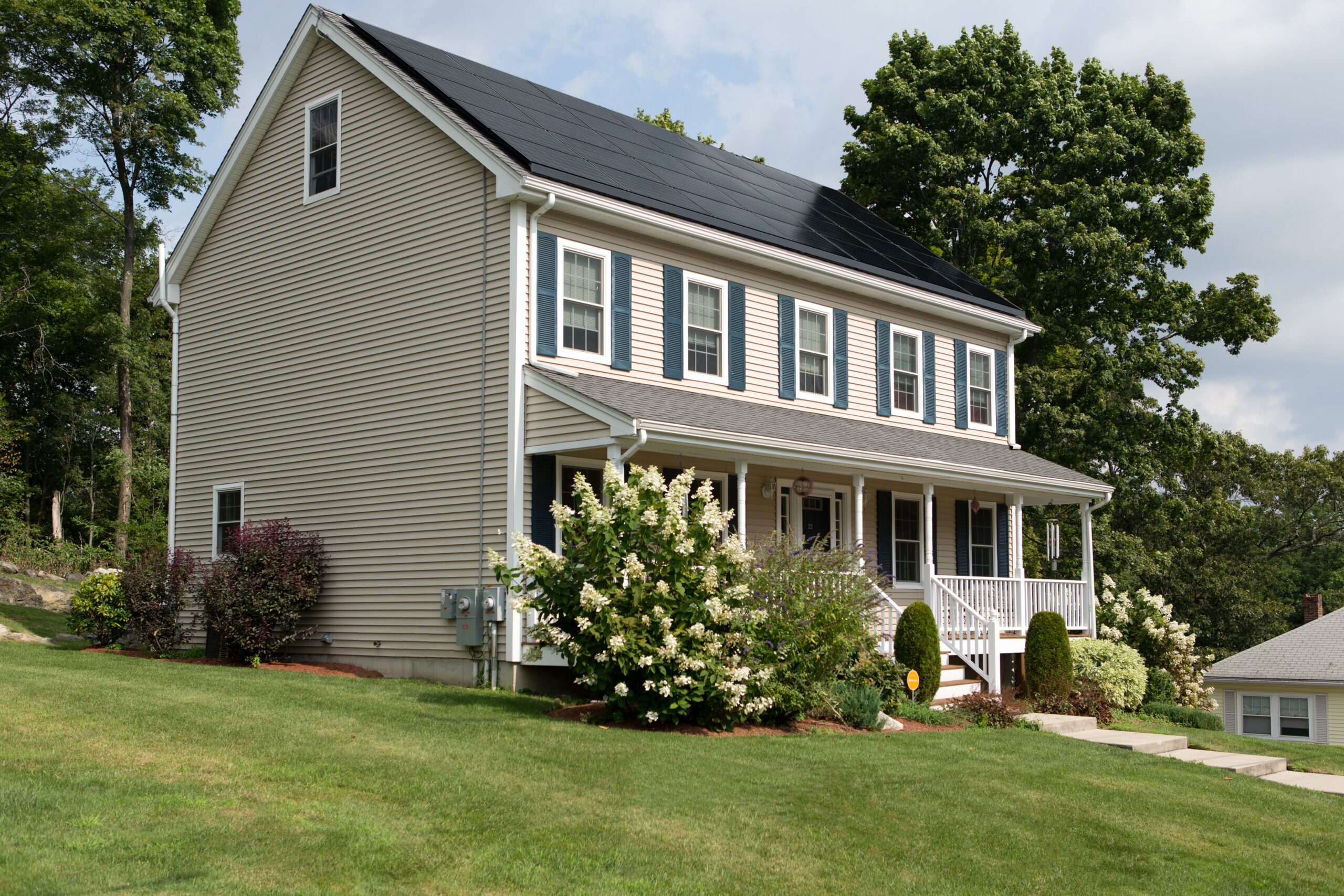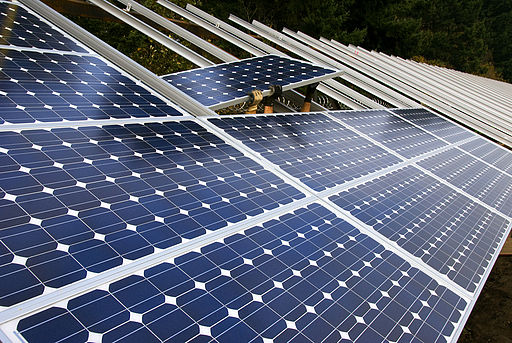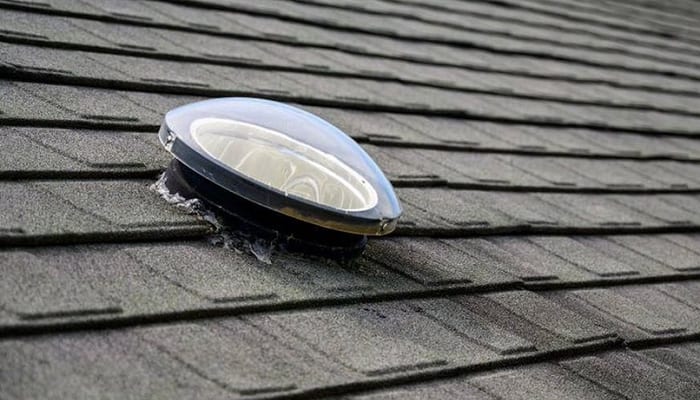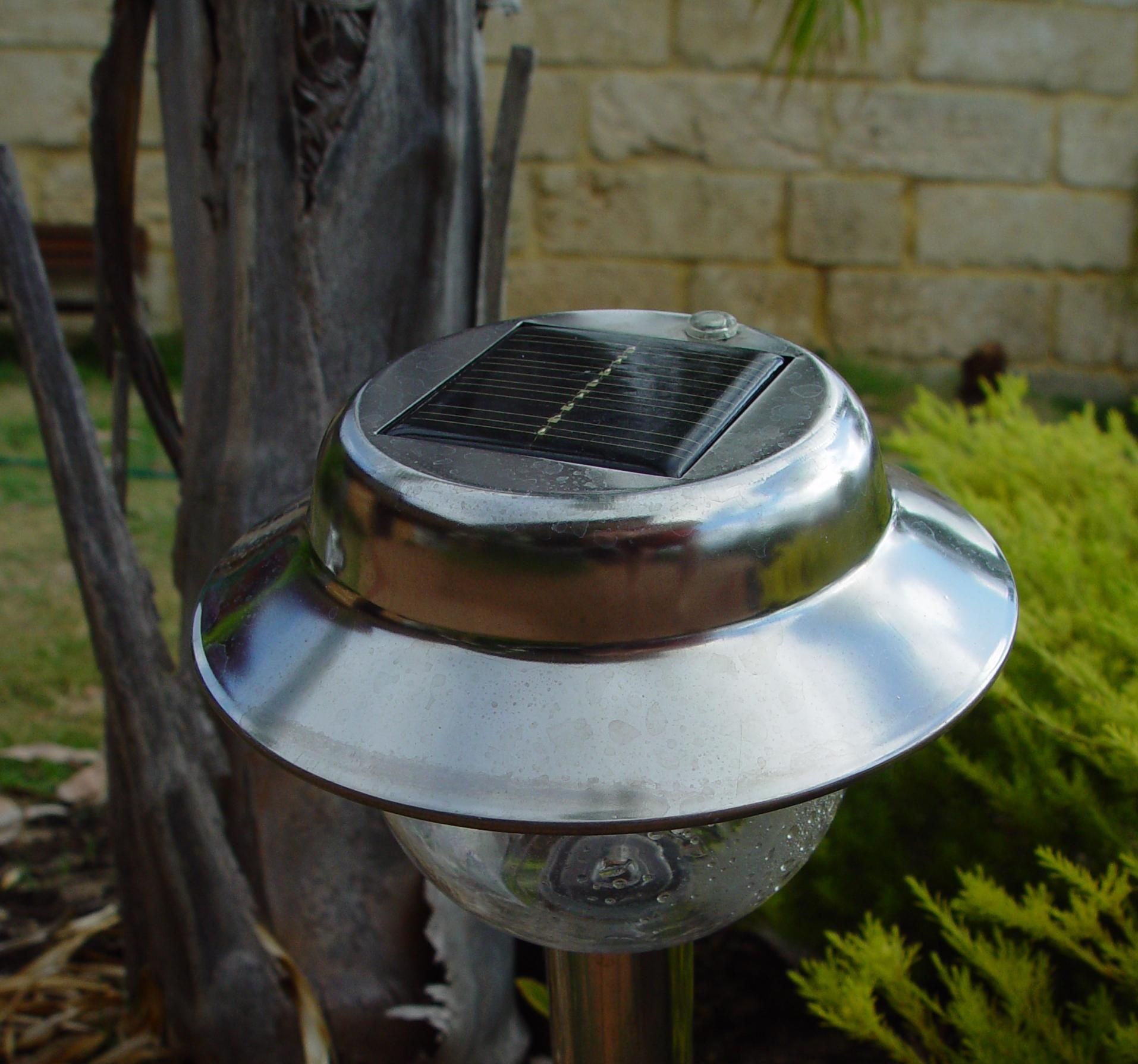When you’re looking to buy a solar panel array, or just a single solar panel, the size and weight of the panel you choose can make a big impact on your decision. You might be constrained by your roof quality, or size, the flat area you have to work with, or a number of different issues that could force you to reconsider which panel is the best choice. We have made this guide for you to get an idea of the average solar panel size and weight, so that you can make a more informed decision as to whether or not solar panels are the best choice for you. The size and weight of solar panels can vary depending on a number of different factors including the type of panel, total wattage, and cell type.
Comprehensive Guide to Solar Panel Size, Weight, and Installation Standard
Throughout the rest of this guide I will walk you through solar panel dimensions, how much different solar panels typically weigh, and how many solar panels you can expect to put on your roof.
How big is the industry standard solar panel?
Thankfully, in the world of solar panels, at least in the United States, regulations have been around for quite some time. Since solar panels were first invented in 1954, regulators in the US have worked toward making more uniform solar panels, making installation more straightforward and efficient throughout the country. Although there are still slight differences due to brands, and power rating, for the most part, there is an industry standard solar panel size. The most common residential solar panel measures in at 65 inches by 39 inches, or about 17.5 square feet.
Now this measurement is based only on residential solar panels, for a commercial property or a solar farm, you can expect standard solar panels to measure in at around 72 inches by 39 inches, or 21.2 square feet. These commercial installations are done on a much larger scale, with solar farms sometimes covering hundreds of acres, and producing thousands of kilowatt hours every day. Thankfully we don’t need to worry about the logistics of a solar farm, which is far beyond the scope of this particular article.
The size of a solar panel, both residential and commercial, is due to the makeup of the solar panel itself. To understand what I mean by this we need to take a deeper look at what exactly solar panels are made of.
What makes up a solar panel?
At a basic level, solar panels are made up of a number of “cells” that are joined together to make the panel. If you look at the image below you will see the panel is made up of a number of smaller squares, 12×6. Each of these squares in turn is made up of five cells, giving the solar panel a total number of cells equal to 60. These five cells are what are called photovoltaic cells and are what produce the power of solar panels. This means that the amount of energy that your solar panel system produces is directly related to how much space you have, and the number of cells you are using. So at this point you might be thinking to yourself, why only make solar panels of this size, why not make smaller size solar panels for people who don’t need as much power or much larger panels for a bigger solar array? You can also get triangular solar panels if you have a unique roof.
The answer to this question can be boiled down to one simple answer: it is not worth it. For solar panel manufacturers to stay in business and make money the demand for their solar panels needs to be high enough to cover all the costs of their expensive business. Overtime they have realized that the best selling solar panels are the ones now used as the industry standard sized panels. While you could of course find a more niche manufacturer to produce smaller solar panels, the vast majority of producers make only the industry standard size to keep their costs as low as possible. Because of this, the size of solar panels is pretty uniform, with the 60-cell panels being the most common solar panel for residential installations while 72-cell panels are the most common commercial level solar panels.
What does a standard installation look like?

Based off of market research, our team here at SolarSena has found that the average single family roof in the United states is approximately 3,000 square feet. Now this does not mean that you have 3,000 feet of space to install solar panels. Those pesky regulations we discussed earlier make a big impact on the space you are allowed to use for solar panels and because of this the amount of usable space is different for every home depending on the shape of their roof. However, going off of data from thousands of solar installations, the average number of solar panels that you can fit on a single family roof is 20-25 panels.
When it comes to installing either commercial solar panels or standard panels, the first thing that solar installers will do is analyze your energy bill to figure our how much energy you need and the number of solar cells and residential panels that will be required to fulfill your energy bills. After this they will perform a roof analysis, usually through satellite imagery to identify your available roof space and figure our what system size you can fit on your roof. Depending on whether or not you have enough roof space to house a sufficient kw system, installers will give you a range of recommendation of monocrystalline solar panels for you to choose from. Different solar panels will produces different kwh of electricity depending on their power output and efficiency. High efficiency solar panels can produce around 2 kwh (kilowatt hours) per day of electricity, which is of course weather dependent.
Once you pv system has been designed and the number of panels you need has been determined, the next step will be the actual installation of the solar energy system. For residential projects this process normally takes around four weeks though can sometimes be completed within two weeks.
How much does a solar panel system weigh?
This is an important factor to consider, especially if you have a residential home with an older roof. Depending on the state of your roof, a good option can be to replace the roof with more sturdy material, however if this is not necessary it is best to avoid this option as it is quite expensive. Going off of the averages that we have used throughout this article you can expect a 25 panels system to weight at around 1,000 lbs. The average weight of a solar panel for residential use is around 40 pounds. 40 pounds times 25 panels gives you solar power system an average weight of 1000 pounds. Of course this will vary slightly depending on how much electricity you need and thus how many panels are required.
Can my roof handle a solar panel system?
Of course the advice that you read here at SolarSena should never be used in place of a professional installer’s opinion, but allow us to set you mind at ease if you are worried about your roof being about to support the physical size and weight of your solar panel system.
As we have stated earlier the average solar panel system is 20-25 panels. At 17.5 square feet per solar panel you will be looking at around 437 square feet, or 40.5 square meters of solar panels on you roof, weighing around 1000 pounds. Now, the average size of your roof most likely sits somewhere between 3,000 and 3,500 square feet. Based on studies by best in class engineers and roofing companies in the united states, a modern day roofs can hold at least 20 pounds per square foot. As you can see, the 1000 pound solar system could be supported by a roof that has a surface area of only 50 square feet. In other words, the weight of a solar panel system will have almost zero effect of your roof, and its weight is negligible.
Conclusion
We hope that we have answered all of your questions regarding the size and weight of standard and commercial use solar panels. Of course the total weight of your system will depend on your solar system size, however we believe the number we have given are a great reference to work off of. The larger size systems will produce more watts of power, however the important thing to remember is that with a larger roof capable of holding more panels, you will most likely have higher energy consumption as well. As advancements in solar technology continue to progress it is only a matter of time until we will be able to produce enough energy for a home in a few individual solar cells, but until that day full solar systems will have to do! I hope you enjoyed learning about the size and weight of solar panels, please leave a comment down below and share this article if you learned something.




